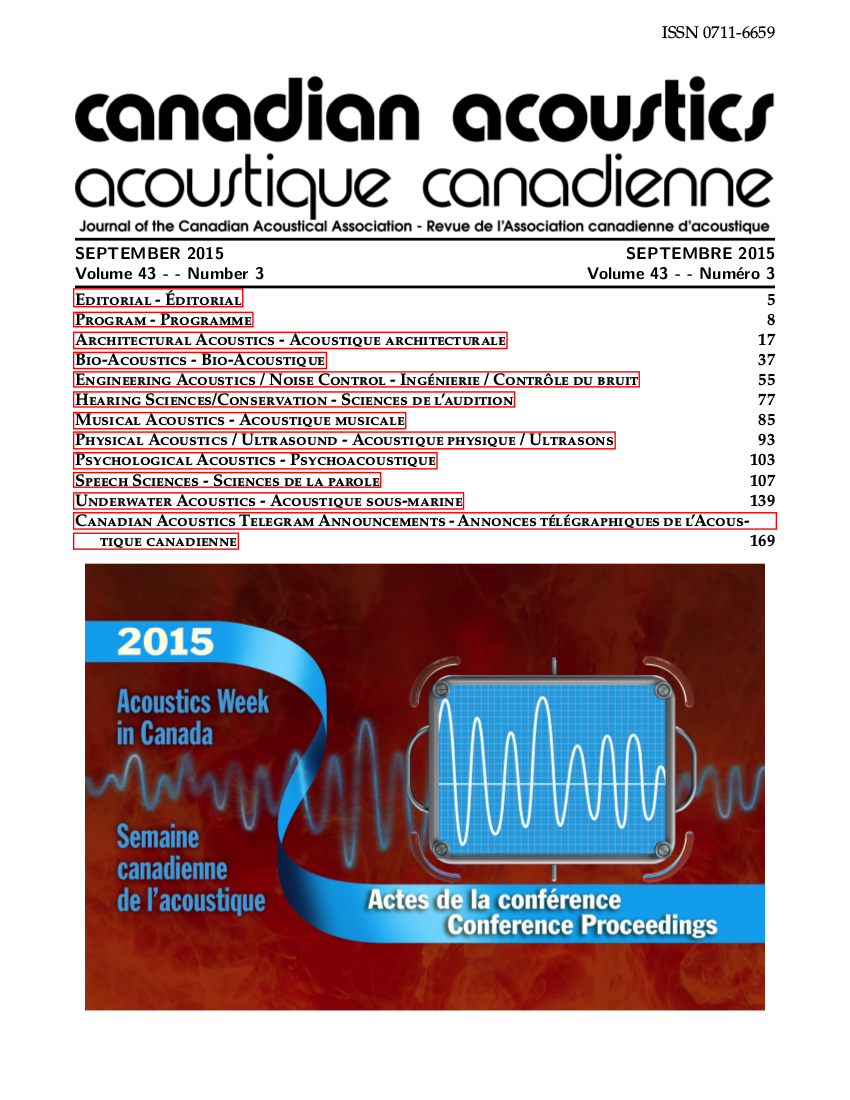Towards convergence of methods for speech and sign segmentation
Abstract
Signed languages, like spoken languages, combine sequences of arbitrary, finite, distinctive units in a continuous stream of movement (Stokoe 1960). Also like speech, determining where a particular sign begins and where it ends in a signing stream is not an easy task. Some researchers have established as the beginning of a sign the moment the hand is placed at the location where a certain sign is going to be initially or entirely produced and as its end the moment when the hand starts moving back to the rest position or to the location of the following sign (Crasborn & Zwitserlood 2008, Johnston 2009, Johnson & Liddell 2011). By doing so, these researchers leave transitional movements out of the limits of a sign. An alternative view claims that transitions should be partially or entirely regarded as part of a sign. Supporters base this view on the observations that (1) some articulatory features of a sign are visible even before or still after a sign is produced and (2) perceivers are able to guess signs solely drawing on information conveyed during transitions (Kita et al 2006, Bressem 2011, Jantunen 2010, 2013, 2015). The present study uses video data of Brazilian Sign Language (Libras; Xavier 2014) to critically evaluate the criteria traditionally used to delimit lexical items in the sign stream. Results indicate that methods used by speech researchers to delimit units in the speech stream are likely to be a good fit for delimiting units in the sign stream as well. Implications for speech and signed motor control will be discussed.
Additional Files
Published
How to Cite
Issue
Section
License
Author Licensing Addendum
This Licensing Addendum ("Addendum") is entered into between the undersigned Author(s) and Canadian Acoustics journal published by the Canadian Acoustical Association (hereinafter referred to as the "Publisher"). The Author(s) and the Publisher agree as follows:
-
Retained Rights: The Author(s) retain(s) the following rights:
- The right to reproduce, distribute, and publicly display the Work on the Author's personal website or the website of the Author's institution.
- The right to use the Work in the Author's teaching activities and presentations.
- The right to include the Work in a compilation for the Author's personal use, not for sale.
-
Grant of License: The Author(s) grant(s) to the Publisher a worldwide exclusive license to publish, reproduce, distribute, and display the Work in Canadian Acoustics and any other formats and media deemed appropriate by the Publisher.
-
Attribution: The Publisher agrees to include proper attribution to the Author(s) in all publications and reproductions of the Work.
-
No Conflict: This Addendum is intended to be in harmony with, and not in conflict with, the terms and conditions of the original agreement entered into between the Author(s) and the Publisher.
-
Copyright Clause: Copyright on articles is held by the Author(s). The corresponding Author has the right to grant on behalf of all Authors and does grant on behalf of all Authors, a worldwide exclusive license to the Publisher and its licensees in perpetuity, in all forms, formats, and media (whether known now or created in the future), including but not limited to the rights to publish, reproduce, distribute, display, store, translate, create adaptations, reprints, include within collections, and create summaries, extracts, and/or abstracts of the Contribution.


